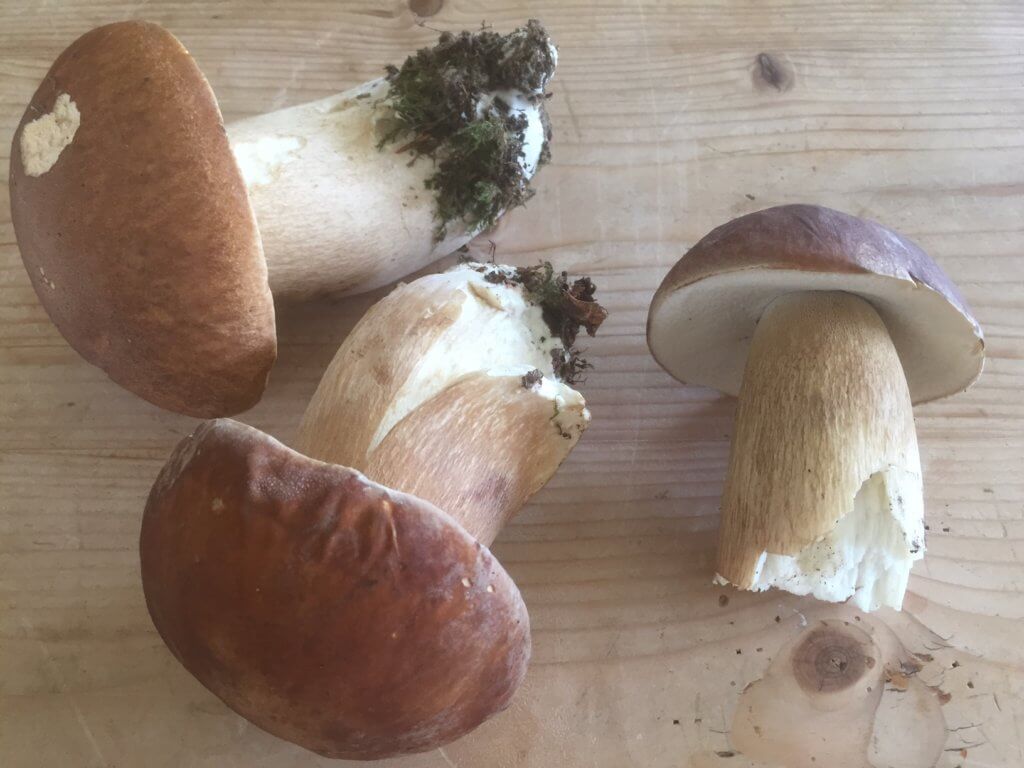 These delightful fungi are also known as Ceps or Porcini but I prefer Penny Buns because, well, because they look just like them, even if the price has gone up since they were first named. This is arguably the most esteemed of all the wild fungi and they fetch a high price at local markets just across the channel.
These delightful fungi are also known as Ceps or Porcini but I prefer Penny Buns because, well, because they look just like them, even if the price has gone up since they were first named. This is arguably the most esteemed of all the wild fungi and they fetch a high price at local markets just across the channel.
It can be hard not to break into a spontaneous grin if you round a corner to find a group of them popping up from the ground in front of you. Due to the persistent wet weather, I’ve been grinning rather a lot this autumn. They grow under a variety of different trees and, as with many fungi, they tend to be most common in edge habitats such as verges, path sides and along hedge-banks.
There are some look-alike pitfalls for the unwary though nothing that will do worse than spoil a good meal. And once you get your eye in they are really quite distinctive.
They keep well if they are dried and so can be enjoyed right through the winter, long after the first hard frosts have brought the season to an end.
If they have a drawback it’s that they are prone to infestations of maggots – the larvae of gnats or flies. Wild-food foragers have very different tolerance thresholds for these things. Some are prepared to turn a blind eye to a few small interlopers, whereas others will confine the day’s pickings to the dustbin at the first hint of trouble. With Penny Buns, it’s as well to persuade yourself towards the former camp if at all possible.
Previous ‘Wild food’ posts by Ian Carter:
[registration_form]